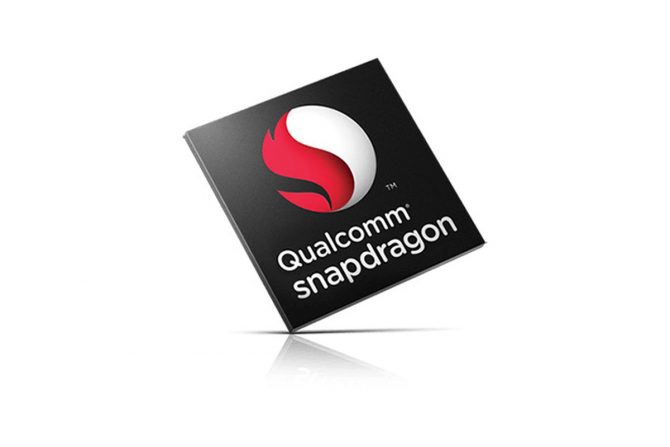The relationship between Microsoft and ARM chip manufacturer Qualcomm appears to tighten. According to a German website, the companies are working together on a new platform for more powerful notebooks and 2-in-1 tablets based on the Qualcomm SnapDragon ARM architecture. The chip might also appear in Windows 10, Andromeda and HoloLens devices.
Earlier, the German website Winfuture reported on an upcoming chip from Qualcomm, the SnapDragon 1000. This chip should be powerful enough to compete with X86 processors. Not just Intel Atom or Celeron CPUs, but also with Intel Core Y and U series processors. To increase performance, the chip will consume more power than previous SnapDragon CPUs. According to Winfuture the chip could use up to 12.5 watts. That more than twice the 5 watt power consumption of the SnapDragon 850, which Microsoft intendeds to use in always-connected notebooks and 2-in-1 tablets.
A test platform based on the SnapDragon 1000 has already been distributed amongst developers and device manufacturers, according to Winfuture. Besides the SnapDragon 1000 SoC, the platform also comes with 16GB of LPDDR4X RAM and two storage modules connected through UFS 2.1. The platform also features a Gigabit WLAN modem, which is reportedly the same as the one in the upcoming SnapDragon 855 SoC. The increased power consumption will be managed by a newly developed power management chip.
Winfuture also mentions that the SnapDragon 1000 might be the first socketed ARM SoC. While it's normal for ARM CPUs to be soldered to the mainboard, the SnapDragon 1000 is fitted in a socket, just like AMD and Intel desktop processors. This could be different when the chips are used in laptops, where it's also Intel and AMD CPUs are soldered onto the mainboard.
Besides the increased power usage, also the size of the chip makes clear the SnapDragon 1000 is not a usual mobile ARM chip. Where recent SnapDragon SoCs measured 12.4 x 12.4 mm, the SnapDragon 100 measures 20 x 15mm. Still, smaller than recent Intel Core processors which measure about 45 x 24mm and consume up to 15 watt.
Winfuture does note that while the package size is much larger, it's not clear where the additional space is used for. It could be that the SoC has more cores, but it could just as well be that Qualcomm has added more components to the SoC.
The SnapDragon 1000 might be a code name and the actual name might be different when it comes on the market. But it's unclear when that will be.
Interestingly is that Winfuture has found that ASUS is already working on a device with the chip. This device is code named Primus and reportedly uses a Qualcomm reference design based on the SnapDragon 1000.
















